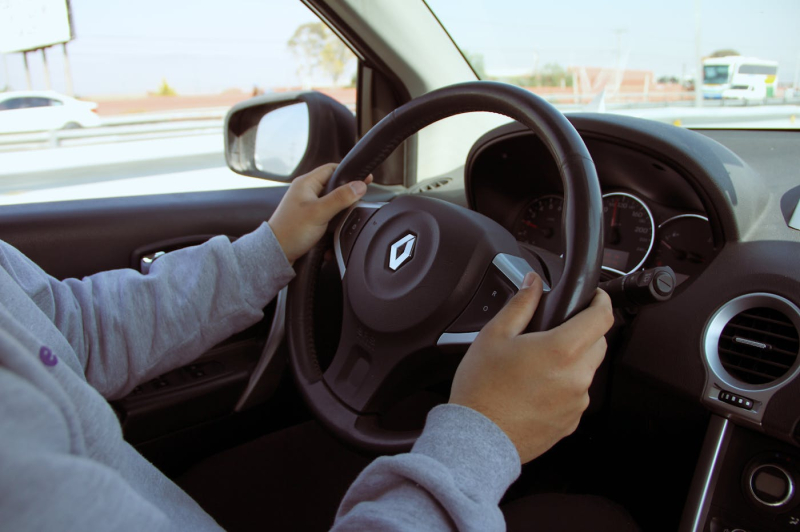
© Anya Juárez Tenorio/Pexels
From this month of July 2024, there will be new features in new cars sold in Europe. The objective is, of course, to increase vehicle safety in order to reduce the number of victims on the roads. Eight new pieces of safety equipment will be mandatory in all new cars put on sale on the European market as part of the European Commission's “road safety package”.
From July 7, 2024, car manufacturers will have to integrate this new safety equipment into all new cars. But what does this change for motorists, concretely ? Let's take stock.
Cars that are better secure, but more expensive  ;?
From this summer, new vehicles will have to incorporate cutting-edge technologies to ensure better safety for drivers, passengers, but also more vulnerable road users, such as pedestrians and cyclists. Obviously, this obligation for new advanced technologies has a cost, and this could well be reflected in the selling prices of future new cars. So that remains to be seen. If this proves true, this could perhaps be offset by a reduction in insurance premiums as well as a reduction in maintenance and repair costs.
Here are the different pieces of equipment that will be mandatory in new cars from July 2024 as part of the new GSR2 (General Safety Regulation 2):
- The intelligent speed adaptation system (ISA): it allows speed limits to be detected with the camera or GPS data and automatically adjust the car's speed to comply with the current speed limit. However, it will always be possible to overcome this limitation by pressing the accelerator.
- The digital data logger (“black box” )to retrieve and store information before, during and after an accident. The data will be anonymized and will not be used by law enforcement and insurance companies, but only by national authorities.
- The Lane Keeping System (LKAS), to correct the trajectory of the car in the event of involuntary deviation and generally help the motorist to stay in his lane from 60 km/h are exceeded.
- Automatic emergency braking which is capable of detecting the risk of collision alone with pedestrians, cyclists or other vehicles, thanks to sensors and cameras.
- Involuntary lane departure warning (LDWS): this technology is capable of detecting the involuntary crossing of a road marking line without having turned on its indicator and of alerting the motorist with an audible or haptic signal.
- The Reverse Obstacle Detection System monitors the rear area and alerts you to the presence of people or obstacles when reversing.
- The drowsiness and inattention warning system to remind the driver when signs of fatigue or distraction are detected. The motorist will be warned by audible and visual signals. This system analyzes the driver's behavior without using biometric data, by focusing on the movement of the steering wheel or even eye blinks. It is possible that certain vehicles will slow down or even stop in the event of imminent danger.
- Pre-equipment for installation of an immobilizer breathalyzerin order to combat drunk driving.
Note that several new models already on the roads have these technologies which always ensure greater safety while driving. According to the European Commission, these mandatory new features on new vehicles could reduce the number of accidents and actively contribute to the objective of zero road deaths by 2050.
< blockquote>
📍 To not miss any news from Presse-citron, follow us on Google News and WhatsApp.
[ ]

